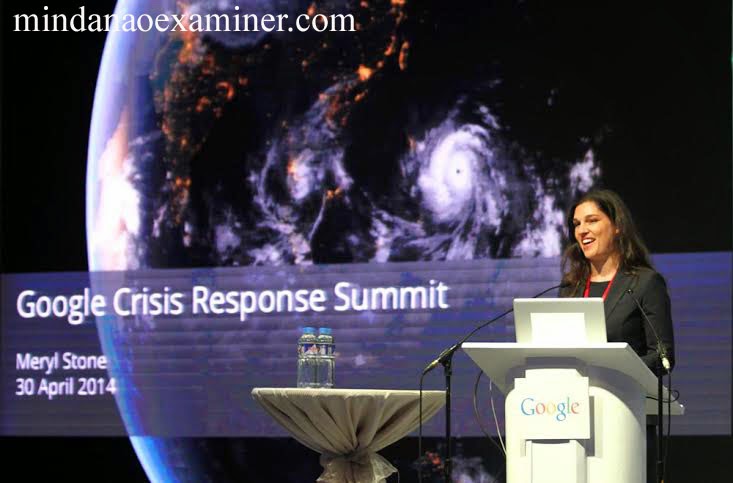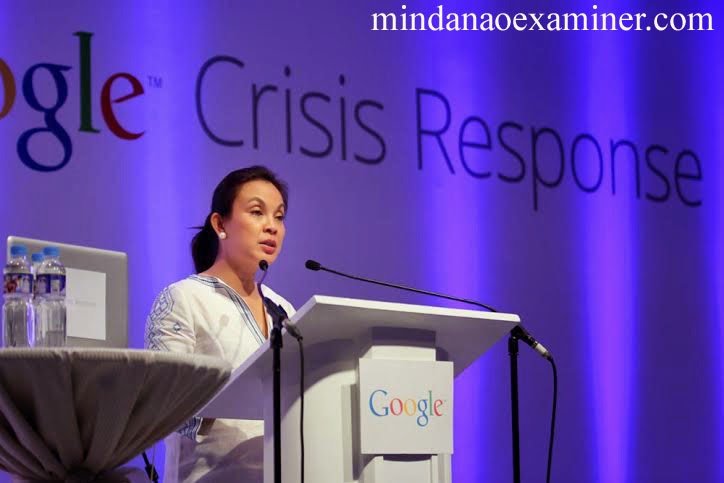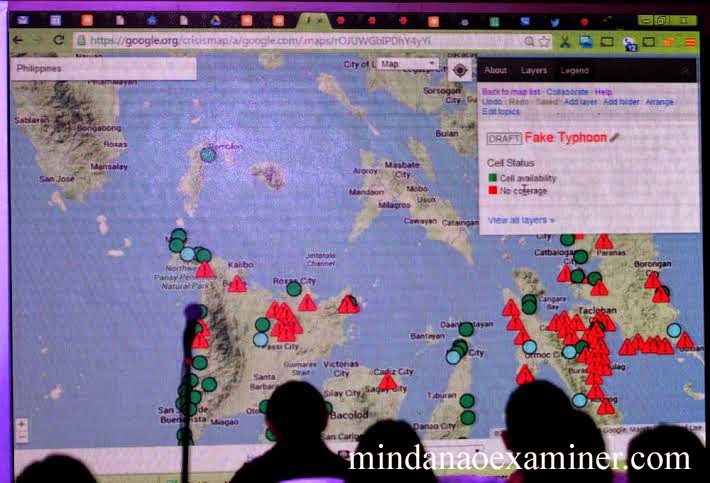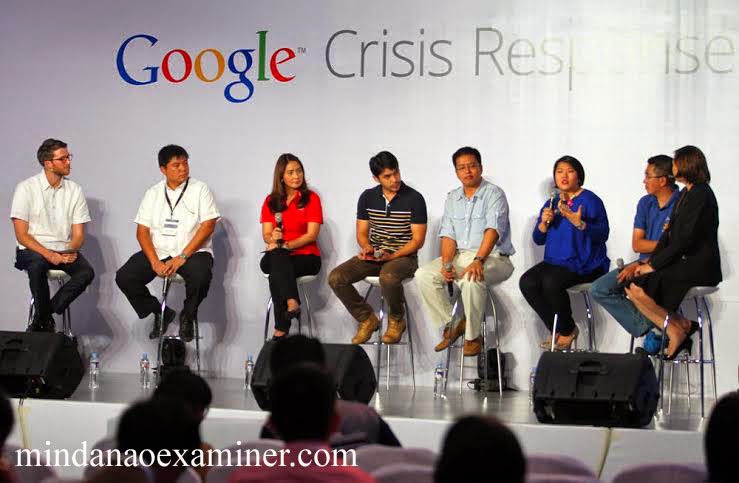
MANILA (Mindanao Examiner / May 12, 2014) – Google indeed has made a lot of contributions to the world – in education and of course the Internet – and without Google, technology as we know it now will probably, who knows?
And for journalists, Google is a handy tool because it helps a lot in research, and the same is also true to other people, students and even governments – who will not know about Google Earth, Google Maps, Google Images, Google Translate, Google Public Alerts, Google Fusion Tables, Google Docs, and Google Sites and many more, did I forget Google Toolbar in my computer, well, all is great with Google.
And just recently, the regional newspaper Mindanao Examiner was invited by Google to its first-ever “Crisis Response Summit” in the Philippines and the one-day Summit held at the Asian Institute of Management in Makati City brought together people who have a stake in the crisis response field across the country – from the public, private, non-profit sectors, and the media where they shared experiences, exchanged best practices, and proposed solutions for improving the way that Google collaborate in times of crisis.
During the Summit, Google led hands-on demonstration sessions where participants had practiced using Google Crisis Response tools like Crisis Maps, Public Alerts and Person Finder. Google also featured different perspectives on preparedness, response and recovery and the Google Crisis Response team moderated an interactive panel discussion with representatives from different sectors.
Meryl Stone, of Google, also spoke in the Summit, and so was Senator Loren Legarda.
Stone joined Google in May 2004 as a direct report to Google’s co-founders, Larry Page and Sergey Brin, and went on to become a founding member of Google.org, Google’s philanthropic arm.
In her almost 10 years at Google, Stone has led strategy, development and partnerships for some of Google.org largest initiatives and products, including Inform & Empower, a governance and transparency initiative in India and East Africa; Google PowerMeter, a product to improve consumer awareness of energy usage; and Google for Nonprofits, a program to provide in-kind product donations to non-profit organizations.
In her current role as the head of partnerships for Google Crisis Response, Stone develops government, non-profit and commercial relationships in support of Google¹s emergency alerting, crisis maps, and Person Finder products.
She has also managed the partnerships for over 20 of Google¹s most acute responses (including Haiti Earthquake, Hurricane Sandy, Typhoon Haiyan), while working to scale Google’s ability to respond to future disasters.
In the Google Asia Pacific Blog, Aileen Apolo, the Outreach Program Manager for Google Southeast Asia, has written an informative insight into what and how Google solutions like the Google Crisis Map and Person Finder do to help in the aftermath of a natural disaster, just like what happened after the deadly typhoon Haiyan struck the country last year.
“Solutions like Google Crisis Map and Person Finder were widely used by government agencies and relief organizations in the typhoon’s aftermath. Natural disasters are unexpected events that require us all to work together in unexpected ways, under stressful circumstances. With events like the Crisis Response Summit, we hope to encourage pre-crisis coordination and communication so that technology can better complement the next relief effort,” she wrote in the blog.
She said the recent Crisis Response Summit drew local authorities, non-profit groups, community volunteers, and to exchange ideas on what stakeholders can do to work together more effectively before, during and after a natural disaster.
She also cited Legarda, who shared her vision for improving the country’s disaster preparedness, wherein risk prevention and reduction, powered by technology, are the key. Apolo said Legarda also called on software developers to create applications that can help the public better understand possible risks such as landslides, flooding, and storm surges before they happen.
Apolo said during typhoon Haiyan, people across sectors came together to share useful information with the public. “This made it possible for individuals to create innovative tools to aid the response effort,” she said.
Representatives from various government agencies also attended the Summit.
Director Cezario Joel Espejo, of the Department of Social Welfare and Development, said technology played an important role in the people’s collective response during and after calamities.
He said it was because of technology, primarily the Internet and social media outlets that people were able to immediately come together and provide aid to the survivors of these calamities.
Google Crisis Response is a team within Google.org that seeks to make critical information more accessible around natural disasters and humanitarian crises.
It has responded in the past to the 2010 Haiti earthquake, 2010 Pakistan floods, 2010–2011 Queensland floods, February 2011 Christchurch earthquake, and the 2011 Tōhoku earthquake and tsunami among other events, using Google resources and tools.
Google Crisis Response organizes emergency alerts and news updates relating to a crisis and publishes the information on its web properties or dedicated landing pages. It also provides opportunities for donation in collaboration with agencies like UNICEF, Save the Children, International Medical Corps, and local relief-providing bodies. Google also builds and provides tools to help crisis responders and affected people communicate and stay informed. (Mark Navales)




